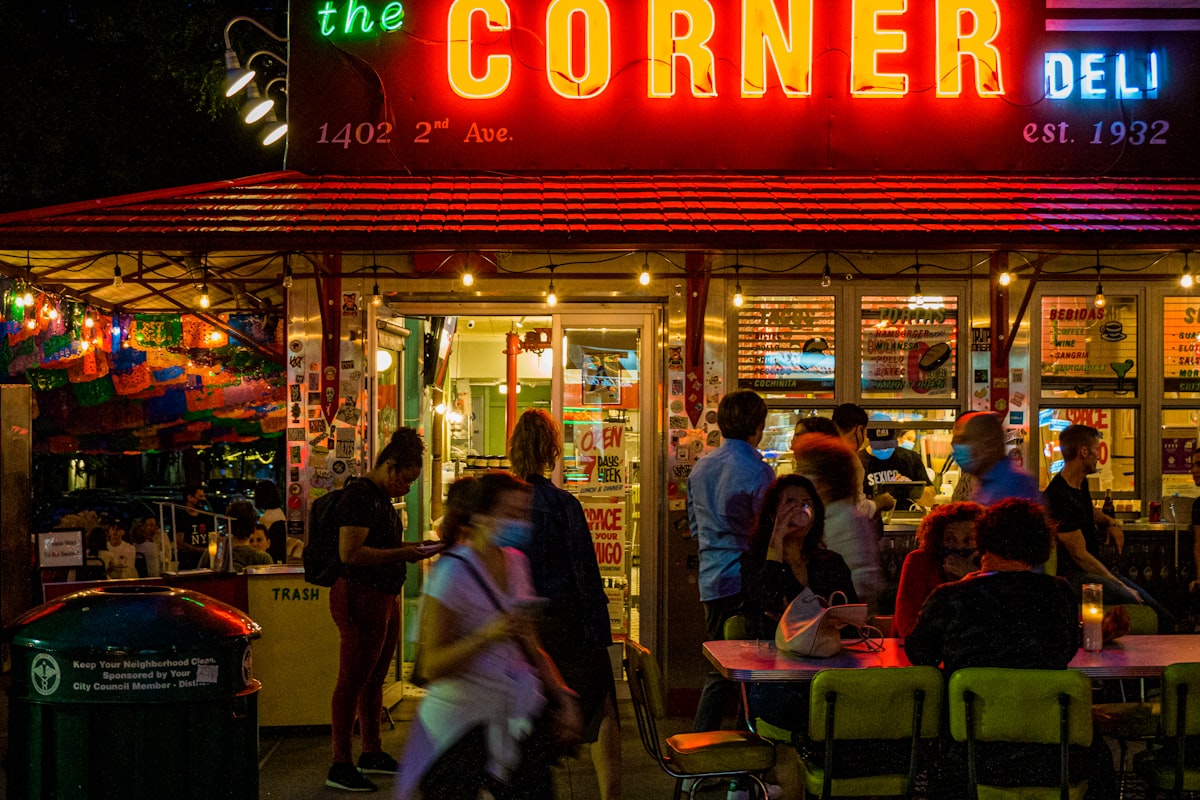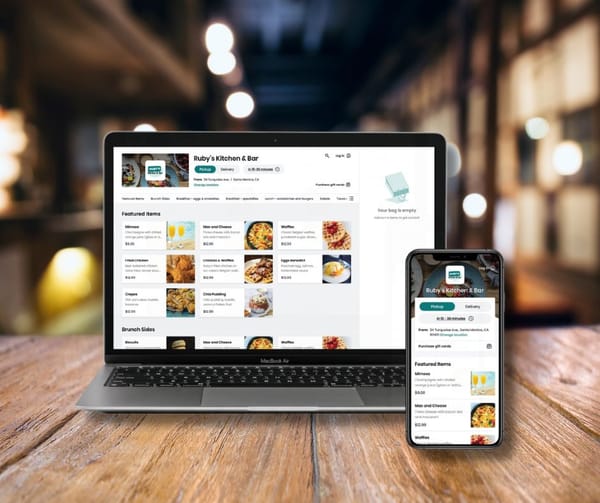2020 changed the future of the restaurant industry.
The COVID-19 pandemic closed dining rooms and created deep fear about dining out. Restaurant sales fell $240 billion short of expectations, Fortune reports, and more than 110,000 restaurants in the United States closed in 2020 — some temporarily, and some permanently. Eighty-eight percent of restaurants laid off or furloughed employees during the first month of the pandemic, the National Restaurant Association says. Forty-one percent of those restaurants cut their entire staff. Many restaurants changed their operational models entirely.
With so many changes, restaurateurs had to dig deep for resilience — not just to make it through the crisis, but to be ready for a new normal. The establishments that found that resilience, though, are in a unique position to thrive.
How resilience defines the restaurant industry
There's no playbook for how to deal with the uncertainties of life during a pandemic.
But one theme that's emerged through the uncertainty is resilience — and the people who have weathered this crisis have it in spades.
For restaurateurs, this might have meant focusing on the connections they have with their staff and the communities they serve.
"We're seeing unity, resourcefulness, and resilience, and letting go of some of the superfluous things we've been holding onto as a society," Philadelphia restaurateurs Cristina Martinez and Ben Miller told Bon Appetit.
However, beyond embracing the positives, resilience is also built by meeting the unexpected. Dealing with uncertainty, thinking creatively, pivoting on a dime — these are things that chefs and restaurateurs face every day, and it's made the next generation of restaurateurs leaner and savvier.
How restaurants have pivoted
The restaurants that have adapted to unprecedented change have been willing to upend the way they do things instead of trying to apply an old model to a new world.
Many high-end restaurants pivoted from a business model that required high-margin dine-in experiences to a lower-margin drive-in or delivery model, Forbes writes. Canlis, a fine-dining restaurant in Seattle, for example, narrowed its menu and sold drive-thru bagels, breakfast sandwiches, burgers, and meal kits. It also started its own dinner delivery service. While it's not what the restaurant's owners imagined they would be doing two years ago, it kept business flowing to their suppliers and kept their 115 staffers employed.
Canlis' story gives a possible glimpse of the future of the restaurant industry — one in which establishments willing and able to roll with the punches and pivot are rewarded.
The restaurant industry is no stranger to adjusting to new paradigms. Even before the pandemic hit, technological changes such as third-part delivery apps meant restaurants were rewriting their menus to cater to diners' needs and desires. But the ability to change on the spot comes from a deep understanding of the business side of the restaurant, the time and space to create change, and the support of the community.
Understanding the business and the community
Embracing change is a big part of resilience, but it's just one part. The rest comes down to the fundamentals: good business planning and great relationships.
The businesses that keenly understood their numbers were in the best position to adjust. Once those businesses understood what they needed to change, they needed time and space to change it. They found the time by deploying nifty software solutions to automate things like payroll tasks and marketing campaigns.
Understanding the numbers and creating time and space is one thing, but the intangibles gave restaurateurs hope. Having strong relationships with staff, suppliers, and diners, was huge because:
- The relationships between restaurateurs and staff members helped both navigate unforeseen challenges.
- The relationships between restaurateurs and suppliers gave restaurateurs the ability to collaborate with their business partners and brainstorm solutions.
- The relationships between restaurants and their communities helped lessen the impacts of the COVID-19 pandemic by giving restaurateurs a sturdy base to rely on.
Building strong relationships isn't a new concept for restaurateurs. But the COVID-19 pandemic changed how these relationships are formed. So many interactions today take place via screens — staff meetings, takeout and delivery orders, customer reviews. Restaurants with strong digital marketing skills leaned on that know-how to survive.
Through clever social media and email campaigns, some restaurants showed people the essential humanity behind the business with behind-the-scenes content. The ones that did created stronger bonds with their customer base and deepened their potential customer pool. And if they had a great website and could take orders online, they shortened the gap between inspiration and action.
Shaping the future of the restaurant industry
The pandemic has rewritten the rules of the restaurant game. More than that, it's reshaped customer behaviors. To survive, restaurants must be agile and respond to changes in real time.
Restaurant leaders need the smarts to understand the business side of the industry. They need the courage to pivot on a dime when the unexpected arises. And they need the leadership to bring a community with them.
But restaurant leaders must also continue to find new ways to do things. It could be in embracing technology to help your business. It could be making tough decisions to keep your restaurant afloat. It could mean rethinking the entire purpose of your restaurant.
What the pandemic has made clear is that what worked yesterday might not work tomorrow. But the resilient restaurants — powered by new technology — will thrive.













